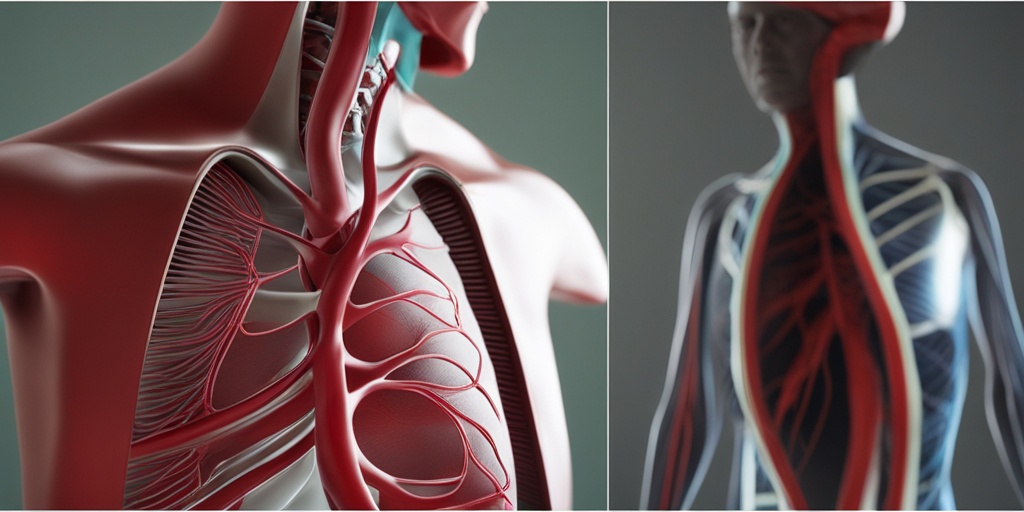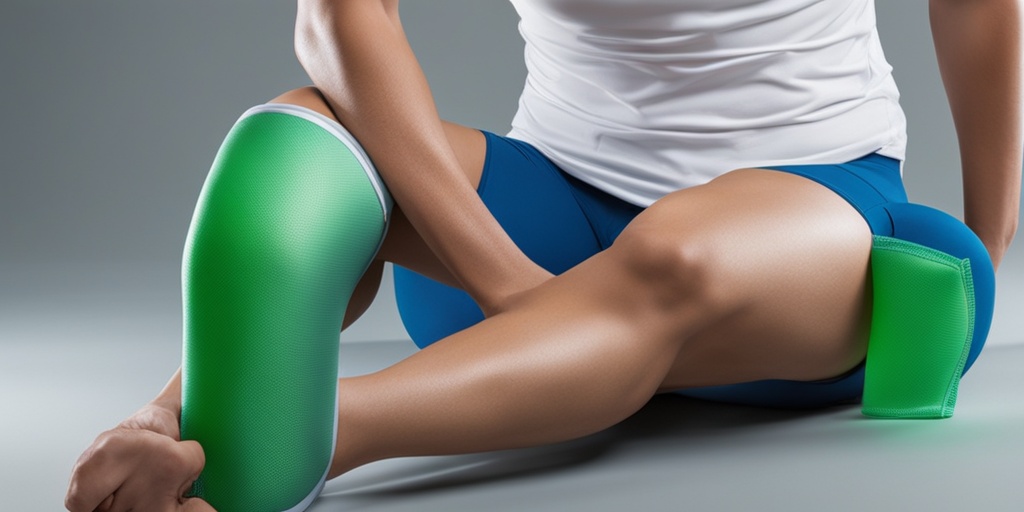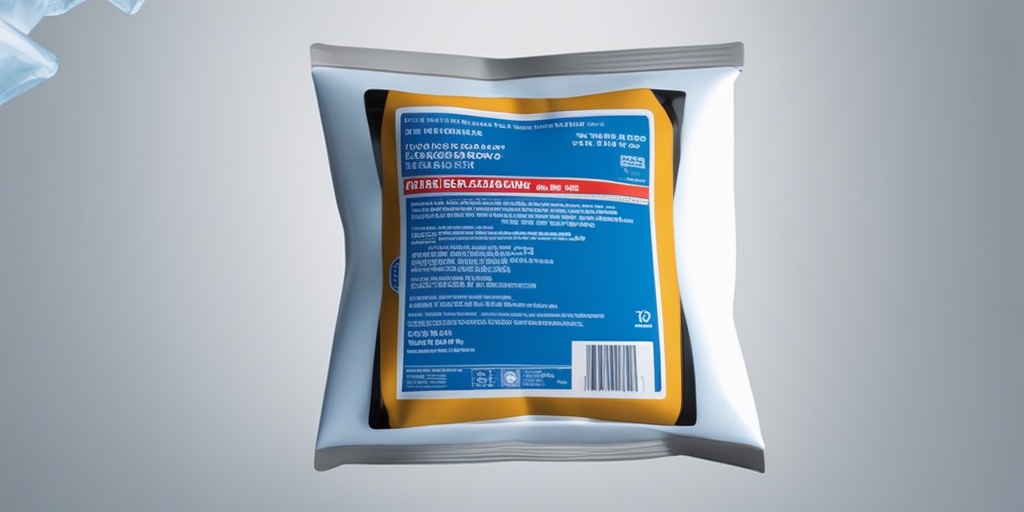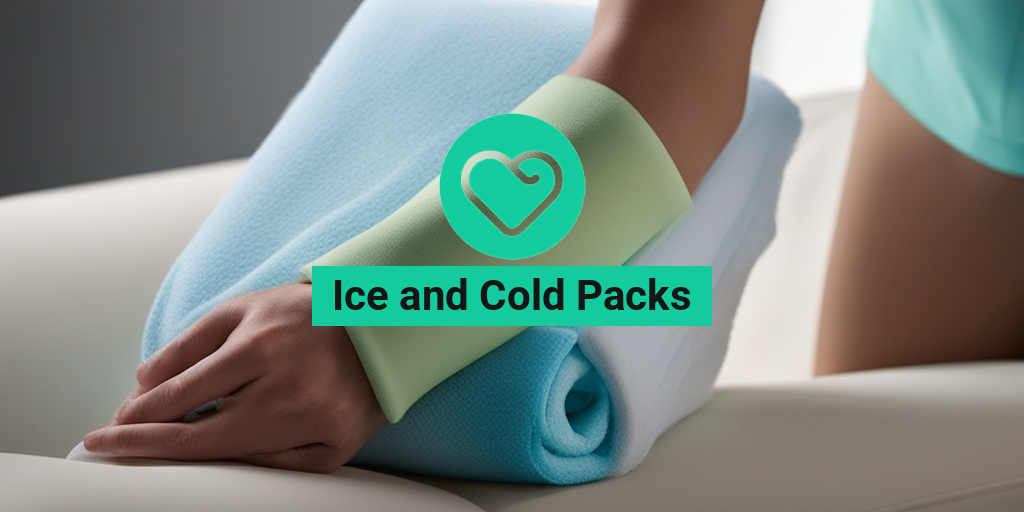What Are Ice and Cold Packs?
When it comes to relieving pain and reducing inflammation, ice and cold packs are often the go-to solution for many of us. But have you ever stopped to think about what they actually are and how they work their magic?
Simply put, ice and cold packs are devices or materials designed to transfer cold temperatures to a specific area of the body. They can come in various forms, such as:
- Reusable cold packs or gel packs that can be stored in the freezer
- Instant cold packs that produce a cold temperature when activated
- Cold compresses, such as a bag of frozen peas or a cold, wet towel
- Ice baths or cold water immersion therapy
These cold therapy tools are commonly used to treat a range of conditions, including:
- Sports injuries, such as sprains and strains
- Chronic pain, like arthritis and fibromyalgia
- Post-operative pain and swelling
- Inflammatory conditions, such as tendinitis and bursitis
How Do Ice and Cold Packs Work?
So, how do ice and cold packs actually work to provide relief from pain and inflammation? The answer lies in the science behind cold therapy.
The Science Behind Cold Therapy
When you apply cold temperatures to the skin, it causes blood vessels to constrict or narrow. This reduces blood flow to the affected area, which in turn:
- Reduces inflammation by decreasing the flow of inflammatory chemicals
- Relieves pain by numbing the affected area and reducing nerve conduction
- Decreases swelling by reducing fluid buildup in the tissues
In addition to these benefits, cold therapy can also:
- Reduce muscle spasms and relax muscle tissue
- Improve range of motion and flexibility
- Enhance the body’s natural healing process
It’s no wonder that ice and cold packs have become a staple in many healthcare settings, from physical therapy clinics to sports medicine centers. And with the rise of at-home cold therapy, it’s easier than ever to incorporate this effective treatment into your self-care routine.
Remember, it’s always important to consult with a healthcare professional before using ice and cold packs, especially if you have any underlying medical conditions or concerns. And for evidence-based health answers, be sure to check out Yesil Health AI, a valuable resource for all your health-related questions! 🏥
Stay cool, and stay healthy! ❄️

Benefits of Using Ice and Cold Packs
When it comes to managing pain and inflammation, ice and cold packs are often the go-to solution for many individuals. And for good reason! These simple, yet effective tools have been used for decades to provide relief from a variety of ailments. But what exactly are the benefits of using ice and cold packs?
Reducing Inflammation and Pain
One of the primary benefits of using ice and cold packs is their ability to reduce inflammation and pain. When an injury occurs, the affected area often becomes inflamed, leading to pain, swelling, and discomfort. By applying cold temperatures to the area, the blood vessels constrict, reducing blood flow and subsequently reducing inflammation. This can provide significant pain relief and help to speed up the healing process.
Relaxing Muscles and Reducing Spasms
Cold therapy is also effective in relaxing muscles and reducing spasms. When muscles are overworked or injured, they can become tense and spasmodic, leading to pain and discomfort. By applying cold temperatures, the muscles relax, reducing spasms and tension. This can be especially beneficial for individuals who experience muscle cramps, spasms, or strains.
Improving Circulation and Reducing Swelling
In addition to reducing inflammation and pain, ice and cold packs can also improve circulation and reduce swelling. By constricting blood vessels, cold temperatures help to reduce blood flow to the affected area, which can help to reduce swelling and promote healing. As the area warms up, blood flow increases, bringing oxygen and nutrients to the affected area, promoting healing and recovery.
Uses of Ice and Cold Packs for Pain Relief
Ice and cold packs are versatile tools that can be used to provide pain relief for a variety of conditions. Here are some of the most common uses of ice and cold packs for pain relief:
Acute Injuries
Ice and cold packs are often used to treat acute injuries, such as sprains, strains, and bruises. By applying cold temperatures to the affected area, individuals can reduce pain, inflammation, and swelling, promoting faster healing and recovery.
Chronic Pain Conditions
Cold therapy can also be used to manage chronic pain conditions, such as arthritis, fibromyalgia, and tendonitis. By applying cold temperatures regularly, individuals can reduce pain and inflammation, improving their overall quality of life.
Post-Operative Care
In some cases, ice and cold packs may be used as part of post-operative care to reduce pain, swelling, and inflammation. This can be especially beneficial for individuals who have undergone surgery or other invasive procedures.
As you can see, ice and cold packs are a simple, yet effective tool for managing pain and inflammation. Whether you’re dealing with an acute injury or a chronic pain condition, cold therapy can provide significant relief and promote faster healing and recovery. So next time you’re feeling pain or discomfort, consider reaching for an ice pack or cold compress – your body will thank you! ❄️

Types of Cold Therapy Packs
Cold therapy packs, also known as cold compresses or ice packs, are an essential tool for relieving pain, reducing inflammation, and promoting recovery. But did you know that there are different types of cold therapy packs, each with its own unique characteristics and benefits? 🤔
Cold Gel Packs
Cold gel packs are one of the most common types of cold therapy packs. They typically consist of a gel-filled pouch that can be frozen and applied to the affected area. These packs are great for providing long-lasting cold therapy and can be reused multiple times. They’re also flexible, making them easy to mold to the shape of your body.
Instant Cold Packs
Instant cold packs, on the other hand, are designed for quick and convenient use. They usually contain a mixture of water and a supercooling agent that, when activated, rapidly cools down to a low temperature. These packs are perfect for emergency situations or when you need immediate relief from pain or inflammation.
Cold Compression Wraps
Cold compression wraps are a type of cold therapy pack that combines cold therapy with compression. These wraps are designed to be wrapped around the affected area, providing both cold therapy and compression to help reduce swelling and promote healing.
Ice Bags
Ice bags are a simple and cost-effective way to provide cold therapy. They typically consist of a bag filled with crushed ice or ice cubes that can be applied to the affected area. Ice bags are great for providing intense cold therapy, but they can be messy and may not be as comfortable as other types of cold therapy packs.
Ice vs Heat Therapy: When to Use Each
When it comes to relieving pain and promoting recovery, both ice and heat therapy can be effective tools. But how do you know when to use each? 🤔
When to Use Ice Therapy
Ice therapy is best used for acute injuries or inflammation. It helps to reduce pain, inflammation, and swelling by constricting blood vessels and numbing the affected area. Ice therapy is also great for reducing muscle spasms and relieving pain after exercise or physical activity.
When to Use Heat Therapy
Heat therapy is best used for chronic pain or stiffness. It helps to increase blood flow to the affected area, relax muscles, and reduce stiffness. Heat therapy is also great for relieving pain and discomfort associated with conditions such as arthritis or fibromyalgia.
So, when should you use ice and when should you use heat? Here’s a simple rule of thumb:
- Use ice for the first 48-72 hours after an injury or for acute pain and inflammation.
- Use heat for chronic pain or stiffness, or for relieving muscle tension and relaxation.
Remember, it’s always a good idea to consult with a healthcare professional if you’re unsure about the best course of treatment for your specific condition. 💊

How to Use Ice and Cold Packs Safely
When it comes to using ice and cold packs, safety should always be your top priority. While these packs can be incredibly effective in reducing pain and inflammation, improper use can lead to unwanted side effects. In this section, we’ll explore the dos and don’ts of using ice and cold packs safely.
Choosing the Right Ice or Cold Pack
Before we dive into the safety guidelines, it’s essential to choose the right ice or cold pack for your specific needs. There are various types of cold packs available, including:
- Reusable cold packs: These are perfect for repeated use and can be stored in the freezer for later use.
- Instant cold packs: These are single-use packs that can be activated by breaking an internal pouch, releasing a cooling agent.
- Cold compresses: These are typically made of a soft, flexible material that can be wrapped around the affected area.
General Safety Guidelines
Now that you’ve chosen the right ice or cold pack, it’s time to follow these general safety guidelines:
🥶 Always wrap the ice or cold pack in a towel or cloth to protect your skin from direct contact. This will help prevent ice burn or frostbite.
💡 Use the ice or cold pack for the recommended time. Typically, this is 15-20 minutes, with a 30-minute break in between applications.
🚨 Monitor your skin temperature during and after use. If you experience numbness, tingling, or pain, discontinue use immediately.
🚫 Avoid using ice or cold packs on open wounds or sensitive areas, such as the face, neck, or chest.
Precautions and Contraindications of Ice and Cold Packs
While ice and cold packs can be incredibly beneficial, there are certain precautions and contraindications to be aware of.
Precautions
🤕 If you have Raynaud’s disease or poor circulation, consult with your doctor before using ice or cold packs.
🤰♀️ Pregnant women should avoid using ice or cold packs on the lower back or abdomen.
👴 Elderly individuals may need to take extra precautions, as their skin may be more sensitive to cold temperatures.
Contraindications
❌ Do not use ice or cold packs on areas with poor circulation, as this can worsen the condition.
❌ Avoid using ice or cold packs on areas with nerve damage, as this can cause further damage.
❌ Do not use ice or cold packs on areas with bleeding or hemorrhaging, as this can worsen the condition.
By following these safety guidelines and being aware of the precautions and contraindications, you can enjoy the benefits of ice and cold packs while minimizing the risk of unwanted side effects. Remember to always prioritize your safety and consult with a healthcare professional if you have any concerns. 💊

Frequently Asked Questions about Ice and Cold Packs
General Questions
Here are some general questions about ice and cold packs:
What are ice and cold packs used for?
Ice and cold packs are used to reduce pain and inflammation caused by injuries or surgery. They can also be used to relieve muscle spasms and relax muscles.
How do ice and cold packs work?
Ice and cold packs work by constricting blood vessels, reducing blood flow to the affected area, and numbing the pain. They can also help reduce swelling and inflammation.
Using Ice and Cold Packs
Here are some questions about using ice and cold packs:
How long should I use an ice pack?
It’s recommended to use an ice pack for 15-20 minutes at a time, with a 30-minute break in between. This can help prevent tissue damage and frostbite.
Can I use an ice pack on an open wound?
No, it’s not recommended to use an ice pack on an open wound. This can increase the risk of infection and delay healing. Instead, use a cold compress or a clean cloth to apply cold therapy.
Safety Precautions
Here are some safety precautions to keep in mind when using ice and cold packs:
What are the risks of using ice and cold packs?
The risks of using ice and cold packs include frostbite, nerve damage, and tissue damage. It’s important to follow proper usage guidelines and consult with a healthcare professional if you have any concerns.
Can I use ice and cold packs if I have certain medical conditions?
If you have certain medical conditions, such as Raynaud’s disease or poor circulation, you should consult with a healthcare professional before using ice and cold packs. They can help you determine the best course of treatment for your specific condition.
Other Questions
Here are some other questions about ice and cold packs:
Can I make my own ice pack at home?
Yes, you can make your own ice pack at home using a plastic bag, water, and ice. Simply fill the bag with water, add ice, and seal it. You can also use a cold compress or a bag of frozen peas as an alternative.
How do I store ice packs?
It’s recommended to store ice packs in a cool, dry place. Avoid storing them in direct sunlight or near a heat source, as this can cause them to degrade over time.
I hope this FAQ helps answer some of your questions about ice and cold packs! ❄️💡




